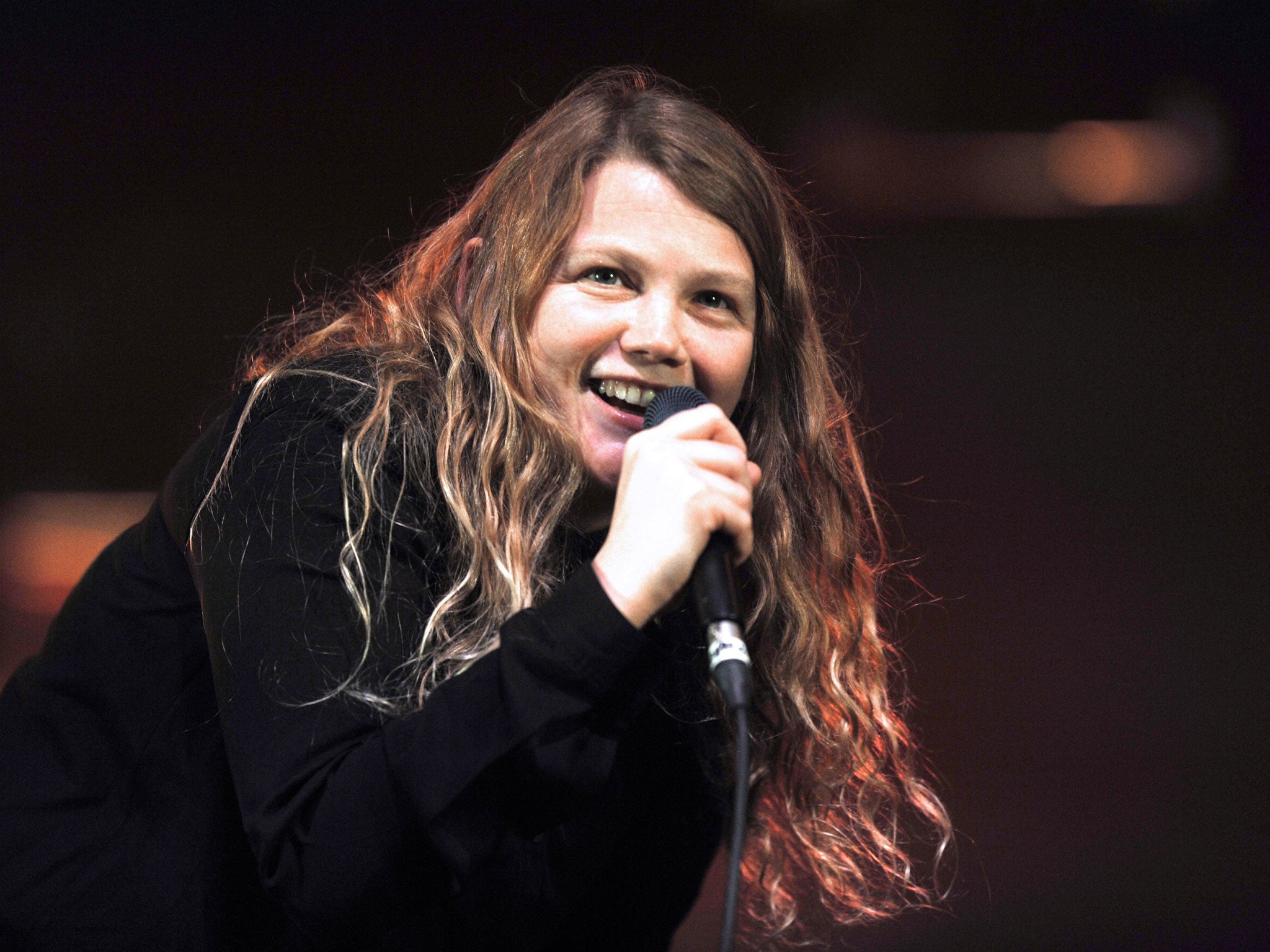The Bricks That Built the Houses by Kate Tempest, book review
The poet and rapper's fiery debut charts a city constantly on the move

Your support helps us to tell the story
From reproductive rights to climate change to Big Tech, The Independent is on the ground when the story is developing. Whether it's investigating the financials of Elon Musk's pro-Trump PAC or producing our latest documentary, 'The A Word', which shines a light on the American women fighting for reproductive rights, we know how important it is to parse out the facts from the messaging.
At such a critical moment in US history, we need reporters on the ground. Your donation allows us to keep sending journalists to speak to both sides of the story.
The Independent is trusted by Americans across the entire political spectrum. And unlike many other quality news outlets, we choose not to lock Americans out of our reporting and analysis with paywalls. We believe quality journalism should be available to everyone, paid for by those who can afford it.
Your support makes all the difference.Poet and rapper Kate Tempest begins her first novel with poetry – an epigraph from William Blake's Visions of the Daughters of Albion, setting up the reader's expectation of a state-of-the-capital novel, if not a state-of-the-nation one as well.
What we get is a story of accidental adventure and loss in what feels like London's boiling crucible of race, class and sexuality, and a beginning that overwhelms with its imagery and description. Tempest draws the intersecting lives of millennials and incorporates her contemporary observations with a Beat sensibility. We meet one central character, Becky, at a nightclub, when she feels as if her heart "punches itself out of its chest and runs screaming through the room, smearing blood all over the walls".
This heightened register, tending towards hyperbole, is distracting at first, but reading this novel requires giving oneself over to its linguistic world. It is often when the description of the novel is much quieter that it is at its most powerful – the woman who looks as if she has got "at least three different outfits on", for example – and Tempest can certainly observe the minutiae of youth.
The novel seems not just to describe a contemporary world but chart the migratory and class movements that has led it to its current state. In doing this, it always seems to be moving, charting the history of a past people and their city, alongside that of Becky, Harry, Paul, Leon et al, and she suggests a constantly forward-looking trajectory that at once destabilises the story's main characters but also drags them on, relentlessly.
Occasionally, this forward thrust falters through Tempest's tendency to give slightly more in her prose than is necessary. Harry's approach to her own gender, for example, is introduced in a subtle way but it is undercut by what follows – a paragraph that overtly points out how Harry (a diminutive of her female assigned-at-birth name) approaches her gender and dress-sense. Similarly, we get a long description of a café that feels entirely unnecessary to the plot.
This is an ambitious novel with a relentless thrust; it makes acute observations of immigration, art, sexuality, class and family; the pace is often breathless but that, perhaps, just reflects the culture of youth and the culture of our capital city.
Bloomsbury, £14.99. Order at £12.99 inc. p&p from the Independent Bookshop
Join our commenting forum
Join thought-provoking conversations, follow other Independent readers and see their replies
Comments